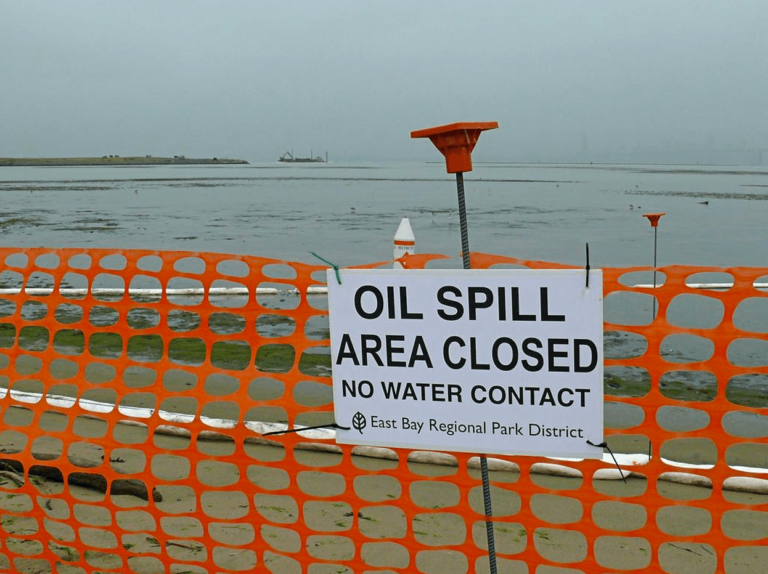
Waterkeepers Chesapeake is a coalition of 19 Waterkeeper, Coastkeeper, Shorekeeper and Riverkeepers from around the Chesapeake Bay watershed. We asked our Waterkeepers, who know their watersheds better than anyone, their greatest fears about Scott Pruitt as Environmental Protection Agency (EPA) administrator. With Pruitt’s history of climate change denial and his close ties to the oil and gas industry, there are serious concerns.
- Assateague Coastkeeper Kathy Phillips: The multi-billion dollar coastal resort and fishing economies of Maryland, Delaware and Virginia depend on clean water and healthy fish populations. These coastal resorts drive a $1.5 Billion economic engine for the state of Maryland alone. Expanding offshore fossil fuel extraction and permitting seismic blasting will leave our ocean beaches polluted and our coastal fisheries destroyed. It is not worth the potential loss.
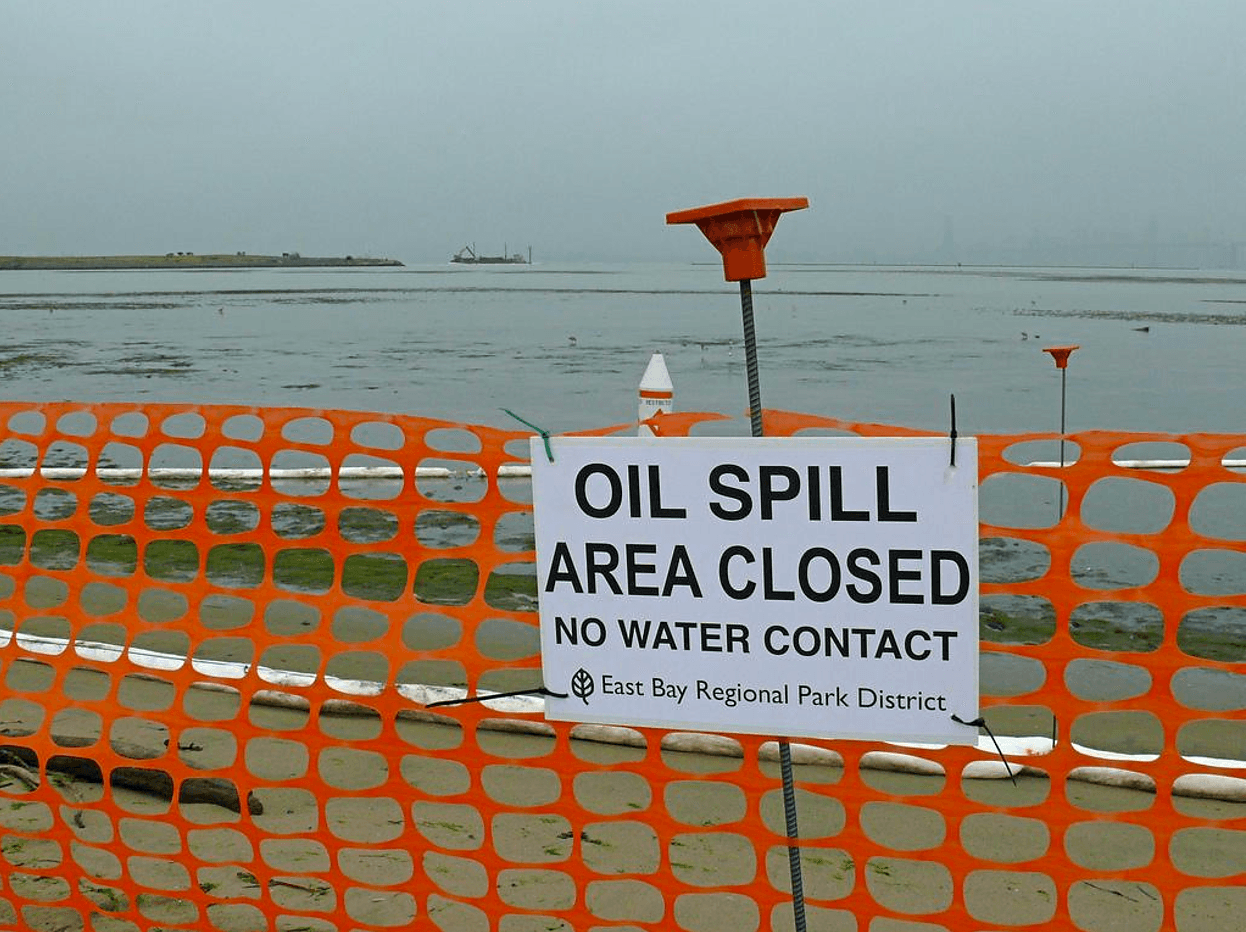
- Middle Susquehanna Riverkeeper Carol Parenzan: The impacts of energy exploration, extraction, delivery, consumption, and exportation are important to residents in central Pennsylvania. Fracking, hazardous chemicals in the river and most recently, oil spills from crumbling infrastructure threaten fisheries, habitat and drinking water. The Susquehanna River needs stronger oversight, not lax federal regulations that favor the oil and gas industry
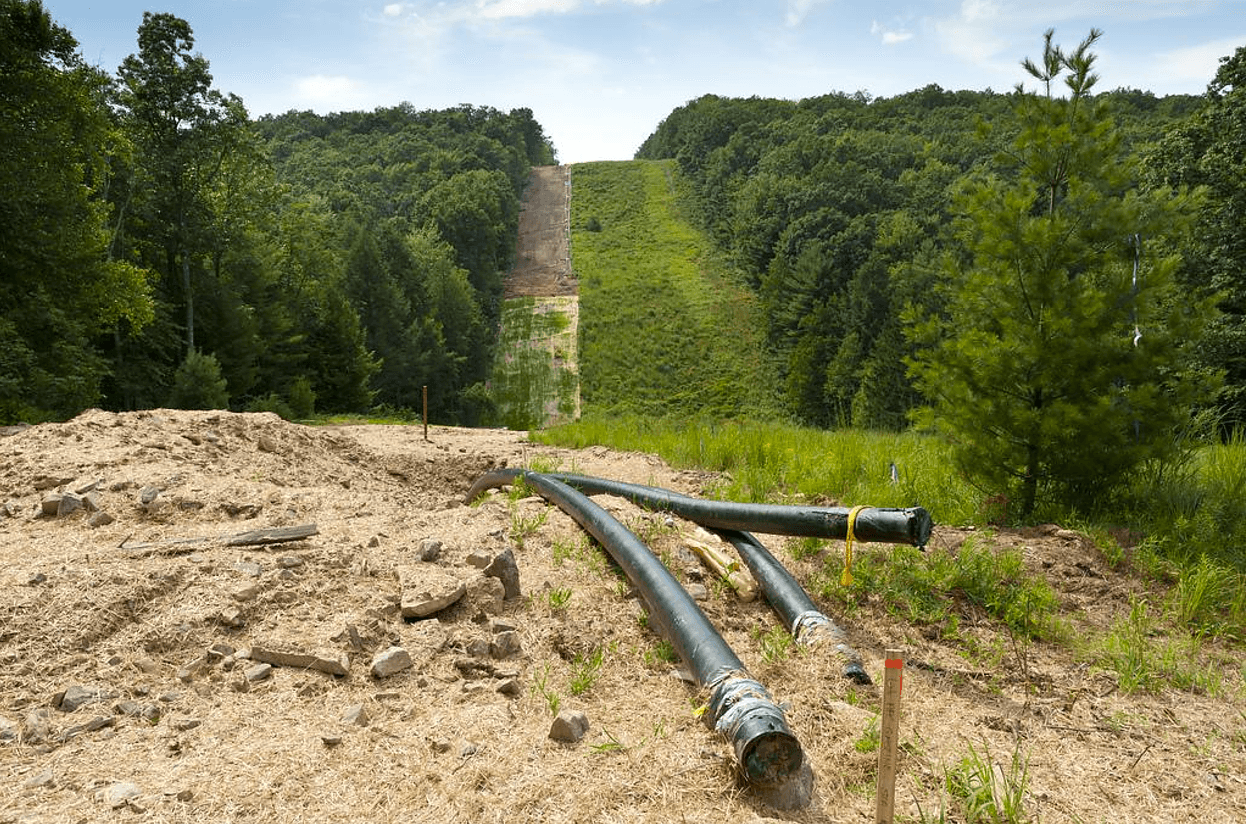
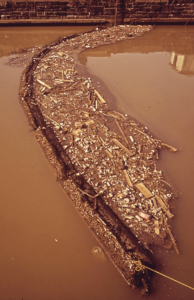 Baltimore Harbor Waterkeeper Angela Haren: Stormwater runoff, sewage overflows, trash clogging up our waters – the Baltimore Harbor faces many serious threats. But we know how to meet those challenges – we have the tools; it’s not a mystery. We can clean up our Harbor and its tributaries. We just need the budget and personnel. That’s what makes this even more devastating. The savage cuts we expect to see under Pruitt’s EPA will make this vital work so much harder, and threaten all the progress we’ve made.
Baltimore Harbor Waterkeeper Angela Haren: Stormwater runoff, sewage overflows, trash clogging up our waters – the Baltimore Harbor faces many serious threats. But we know how to meet those challenges – we have the tools; it’s not a mystery. We can clean up our Harbor and its tributaries. We just need the budget and personnel. That’s what makes this even more devastating. The savage cuts we expect to see under Pruitt’s EPA will make this vital work so much harder, and threaten all the progress we’ve made.- Miles/Wye Riverkeeper Jeff Horstman: The Chesapeake Bay Total Maximum Daily Load (TMDL), or “pollution diet” that aims to keep pollutants out of the Chesapeake Bay was a target of Scott Pruitt when he was Attorney General of Oklahoma. Now that he heads the EPA, our concern is that he won’t sue to overturn the TMDL, he’ll simply unravel it — giving polluters a green light to destroy the United States’ largest estuary and its already-imperiled tributaries.

- Shenandoah Riverkeeper Mark Frondorf: The Shenandoah is known as a great recreational river in one of the prettiest natural places in America. Alongside the river, people camp and hike. In the river, they tube, kayak, canoe, and fly fish. I monitor nutrient pollution and runoff that can drive algae blooms and fish kills. However, if we don’t stop those nutrients from coming into the river from the land, there isn’t a whole lot we can do to save the river and the fish once it gets to the water. We need the EPA to hold the state accountable.
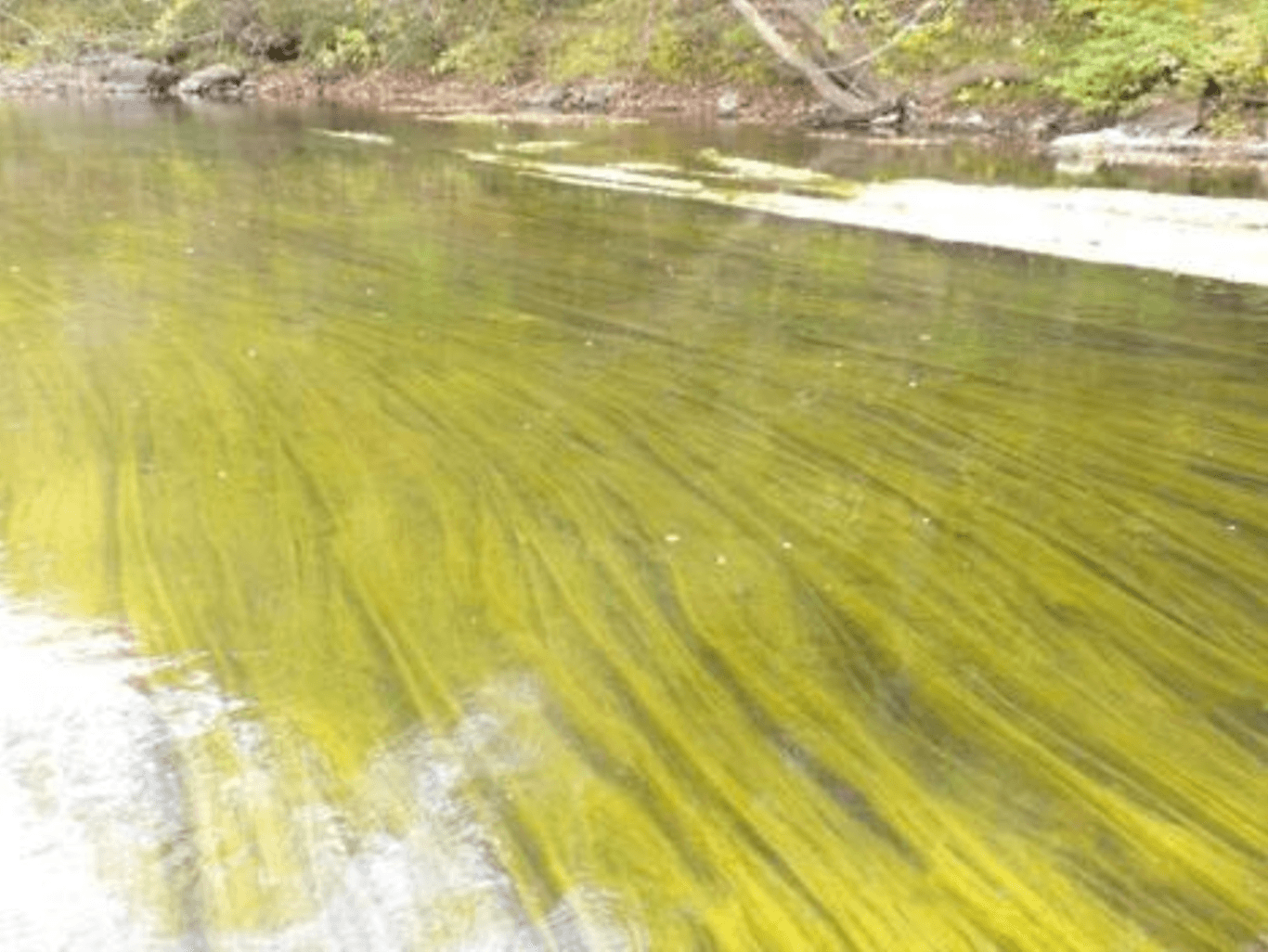
- Upper Potomac Riverkeeper Brent Walls: We have legacy energy issues, like acid drainage from abandoned mining operations, heated water coming directly into the river from paper manufacturing, and agricultural runoff from farming operations. The Upper Potomac is in a multi-state area (West Virginia, Virginia, Pennsylvania and Maryland). A strong federal entity could arbitrate across jurisdictional boundaries. That’s not likely to happen in a Pruitt EPA.
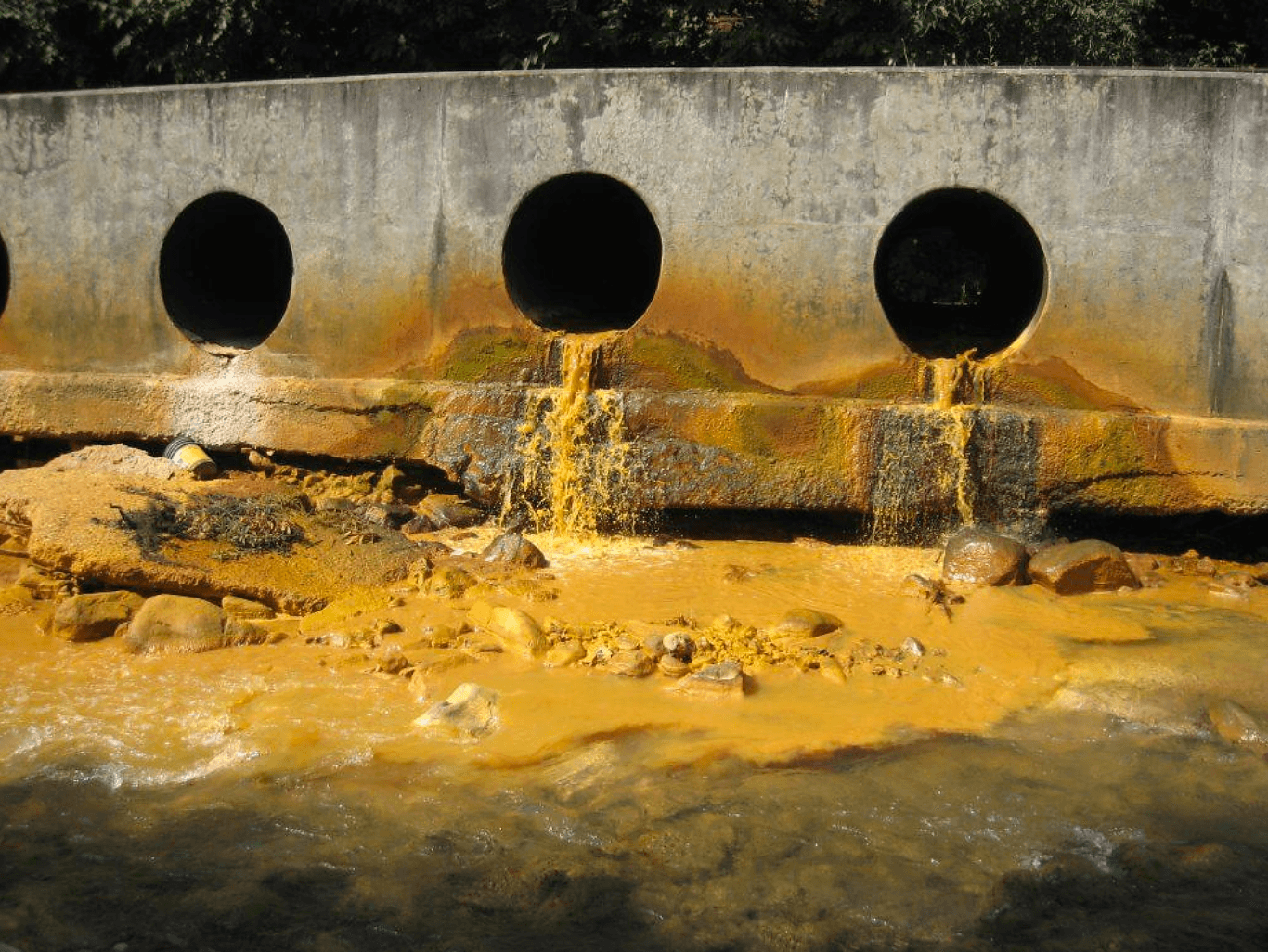
- Lower James Riverkeeper Jamie Brunkow: The James River was the site of European settlements as early as 1571. At the time, Native Americans called it the Powhatan, but English colonists renamed it James after King James I when they established the Jamestown settlement in 1607. Today, those colonists would barely recognize the place. Fish have been cut off from spawning grounds, toxic coal ash leaches into the river, seeps into drinking water supplies and percolates to groundwater. Power plants and industrial operation intakes suck up spawning fish, making it near impossible for restored fisheries that are either threatened or endangered. We need the EPA to not backtrack on coal ash regulations that took years of compromise to finalize.
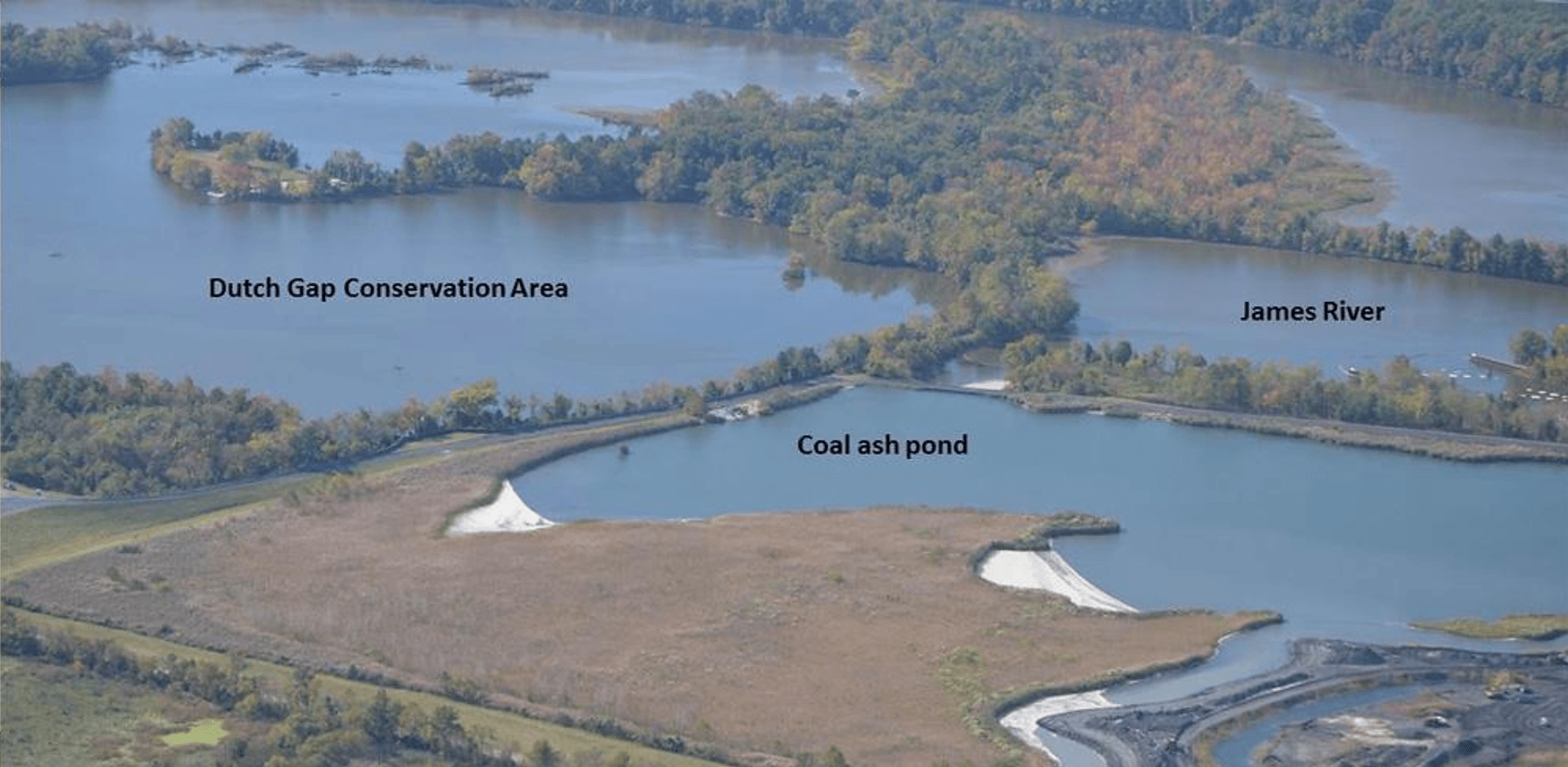
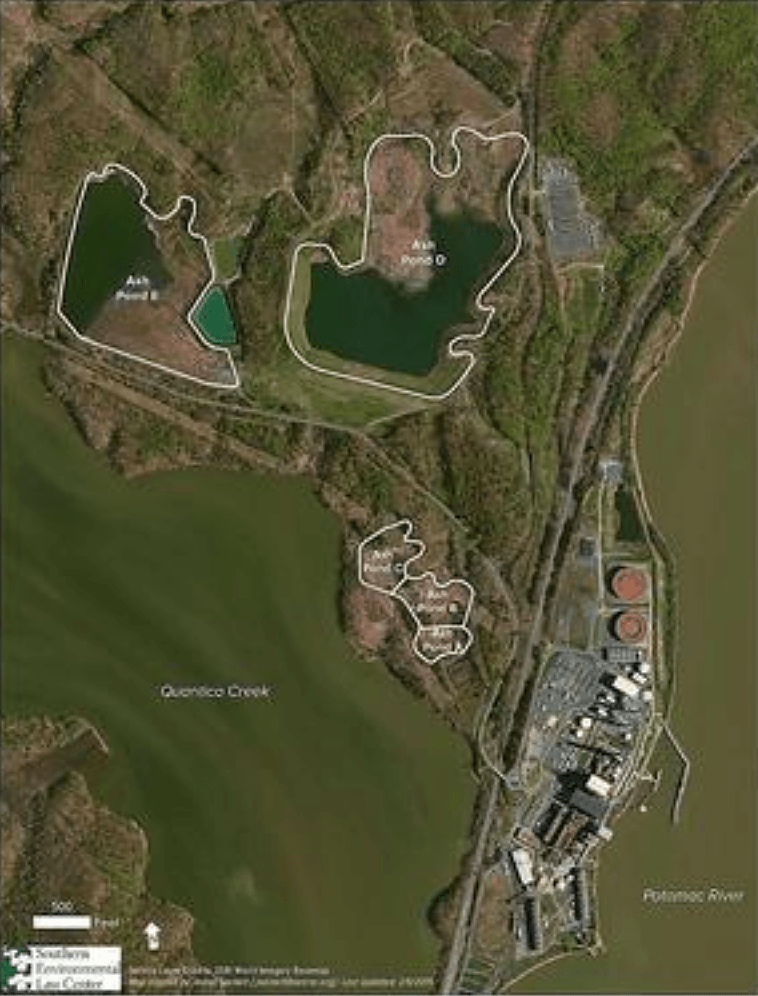 Potomac Riverkeeper Dean Naujoks: The Potomac River feeds into the Chesapeake Bay about 75 miles north of where the Bay meets the Atlantic Ocean. At that location, it is 11 miles wide. Upstream, the Potomac is the closest river in proximity to the headquarters of the EPA. Administrator Scott Pruitt should be aware that the Potomac faces threats from sewage overflows, stormwater runoff, coal ash pollution (remember hexavalent chromium from Julia Roberts as Erin Brochovich? The same stuff is in the Potomac, the river most closely associated with the nation’s capital). The EPA needs to strengthen the regulation of toxic compounds — not weaken them.
Potomac Riverkeeper Dean Naujoks: The Potomac River feeds into the Chesapeake Bay about 75 miles north of where the Bay meets the Atlantic Ocean. At that location, it is 11 miles wide. Upstream, the Potomac is the closest river in proximity to the headquarters of the EPA. Administrator Scott Pruitt should be aware that the Potomac faces threats from sewage overflows, stormwater runoff, coal ash pollution (remember hexavalent chromium from Julia Roberts as Erin Brochovich? The same stuff is in the Potomac, the river most closely associated with the nation’s capital). The EPA needs to strengthen the regulation of toxic compounds — not weaken them.- Anacostia Riverkeeper Emily Franc: There might not be a river that has come so far in such a short period of time. Although it still has an annual inflow of two billion gallons of sewage plus stormwater, there are signs that fish, birds and aquatic habitats are rebounding. The river itself is pretty short. It starts in Maryland, is under 9 miles long, and all fits snugly inside the Washington, DC Beltway. Anacostia fish, covered with toxic lesions from industrial pollutants may be poisonous to eat, but are frequently consumed by the river’s 17,000 subsistence anglers, mostly poor residents of the District of Columbia.
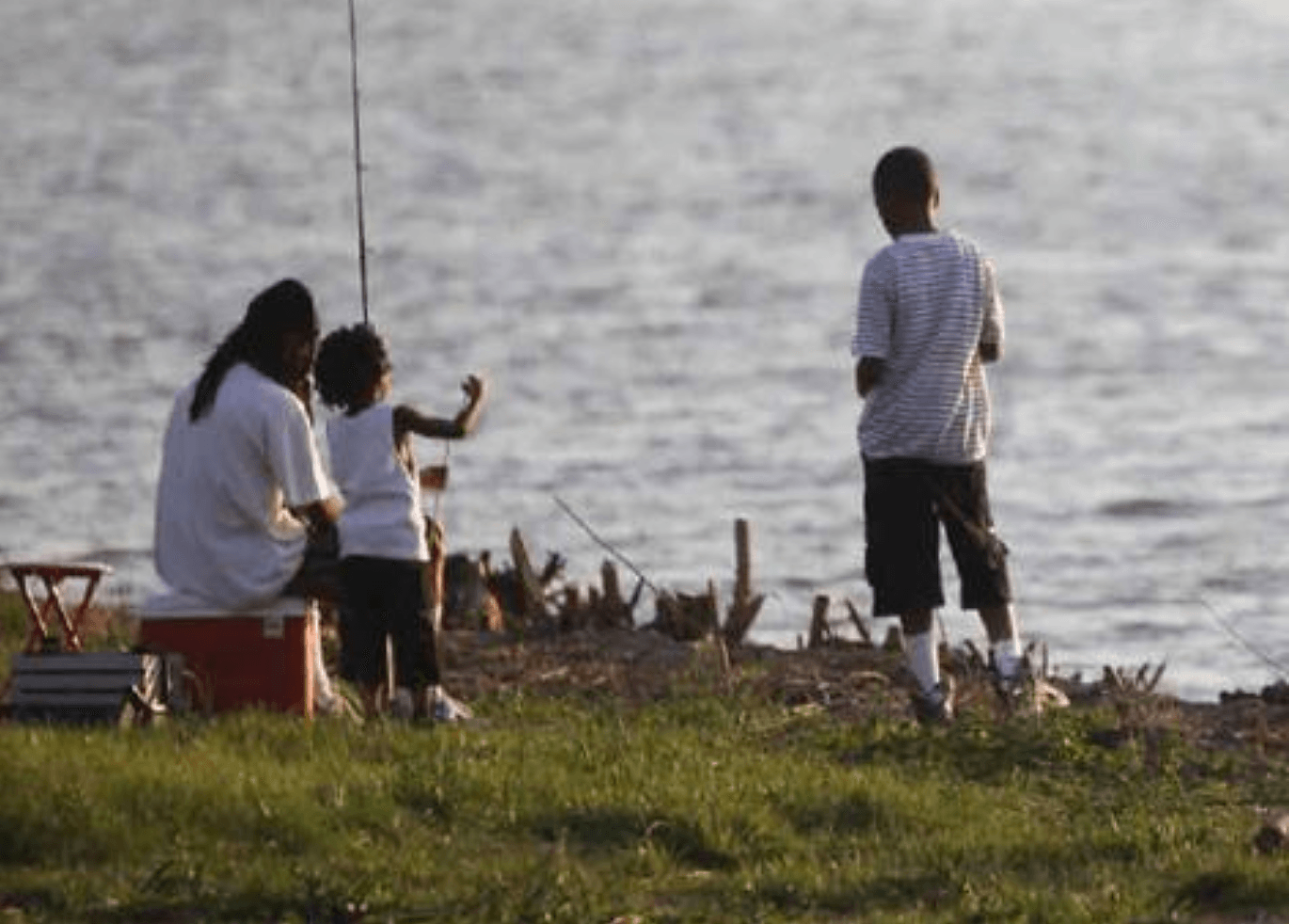
- Sassafras Riverkeeper Emmett Duke: The watersheds of the upper Chesapeake Bay are making progress. We worry that a Pruitt EPA will take us back to an era where the loudest voices were the polluters with the most money.
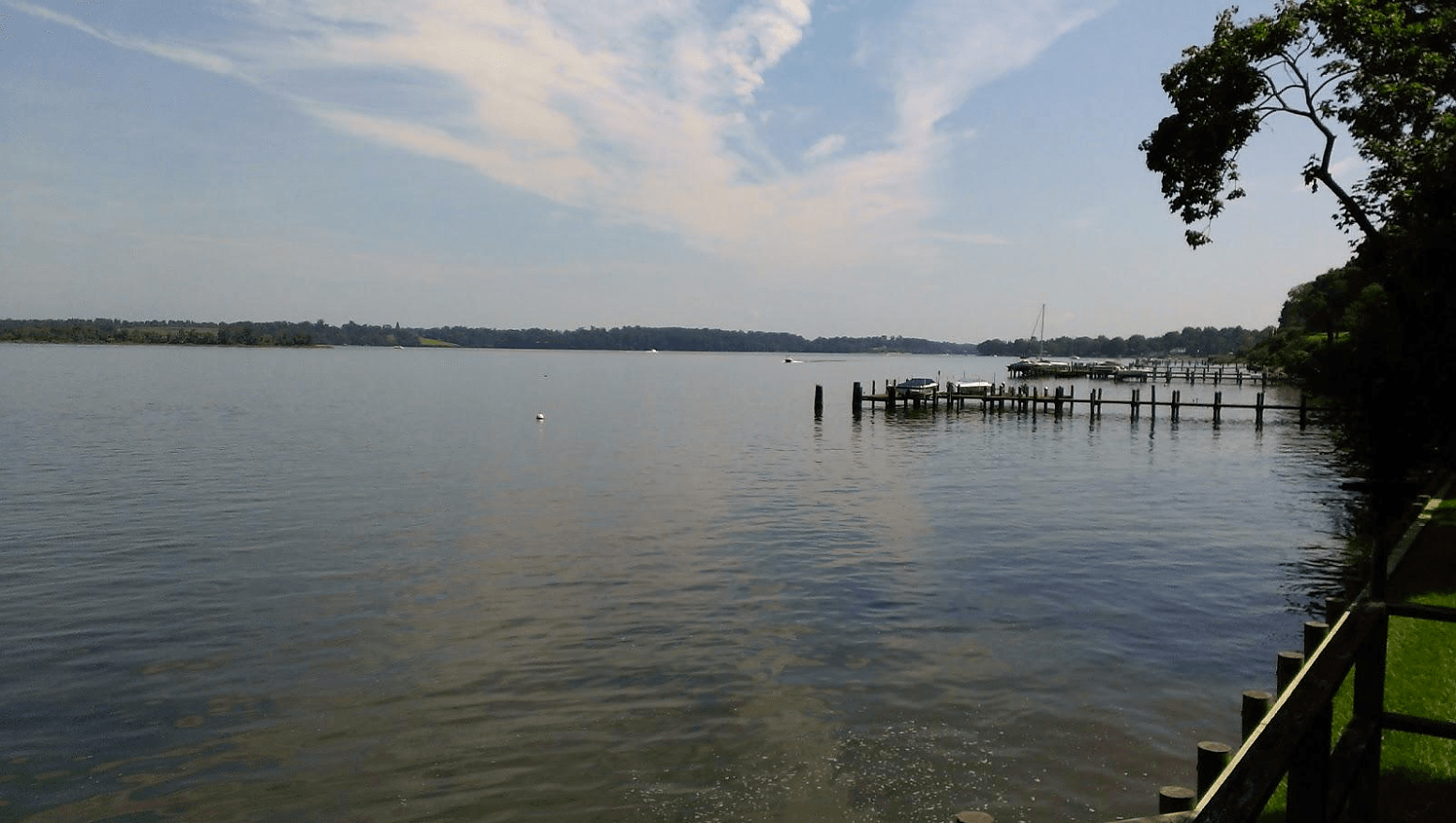
Our Waterkeepers Chesapeake are doing their best to monitor their rivers and make the waters of the Chesapeake Bay watershed swimmable, fishable and drinkable. We’ll be keeping a close eye on Scott Pruitt during his tenure at EPA — and keeping him accountable. We hope you will be too.